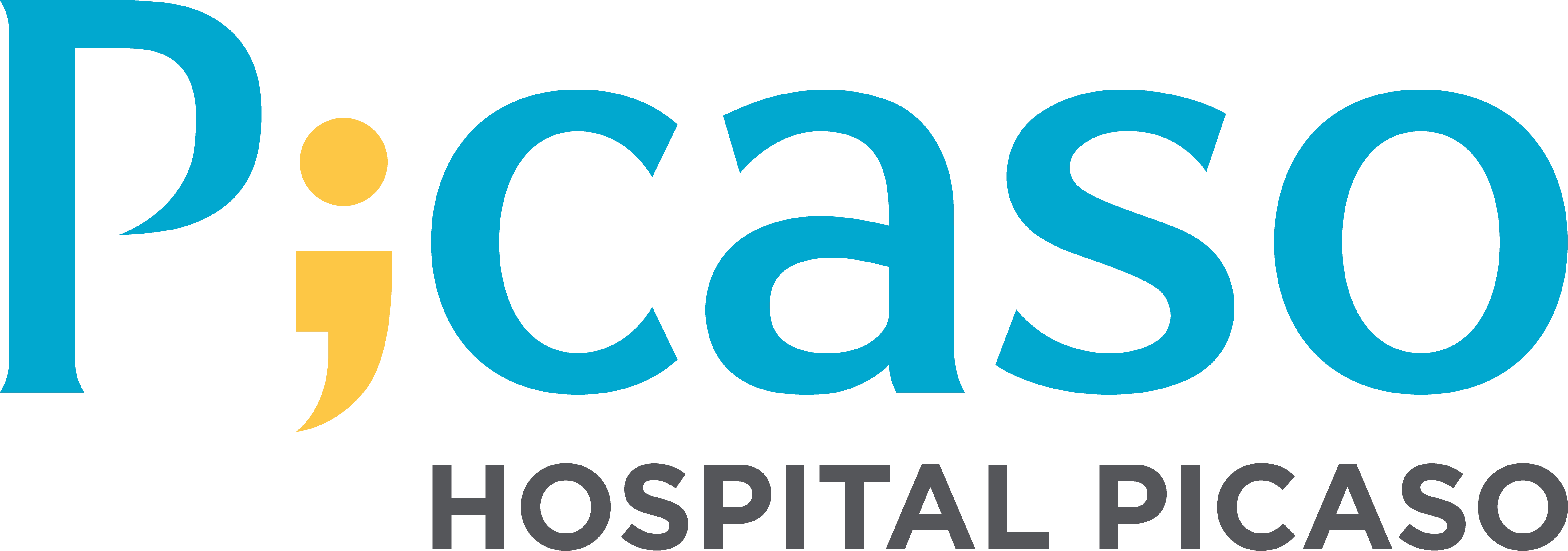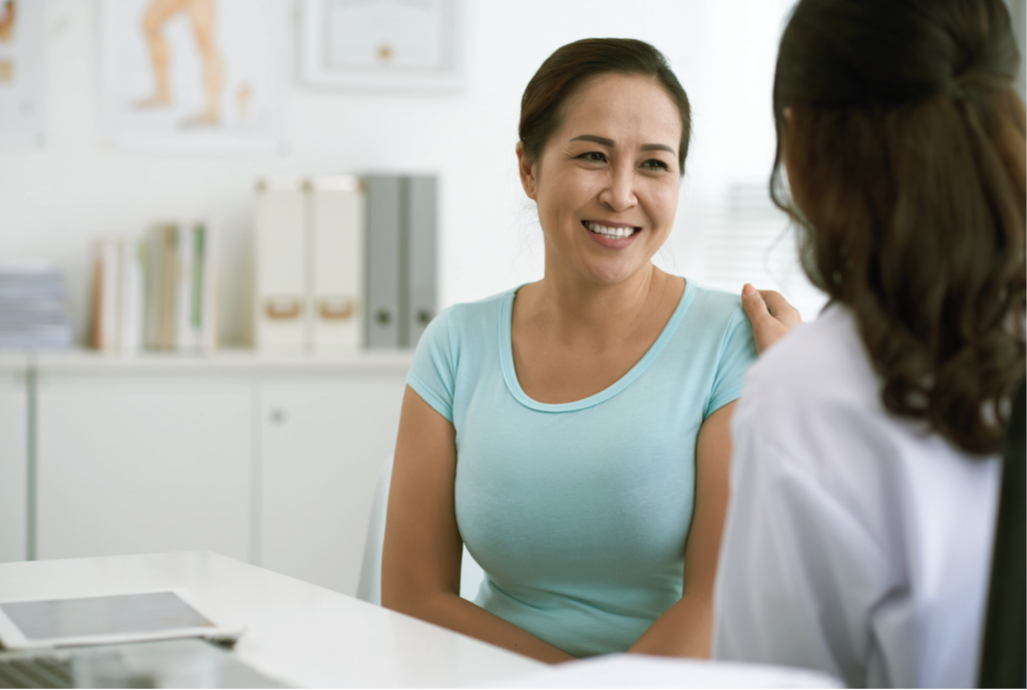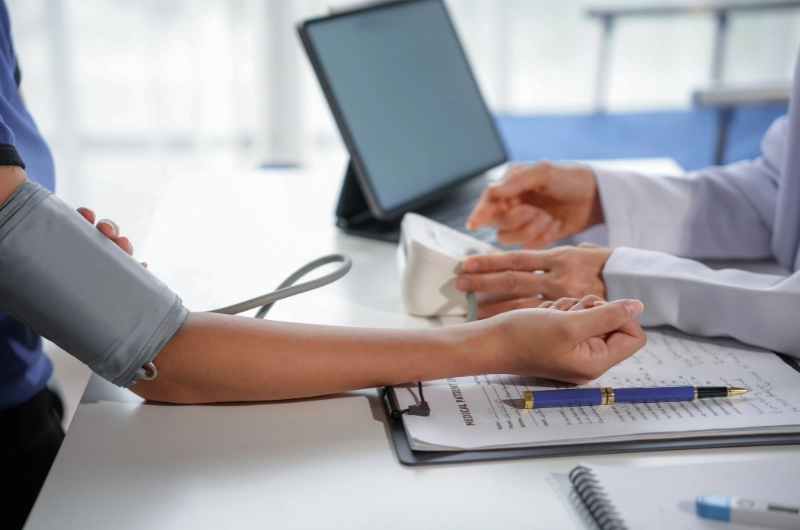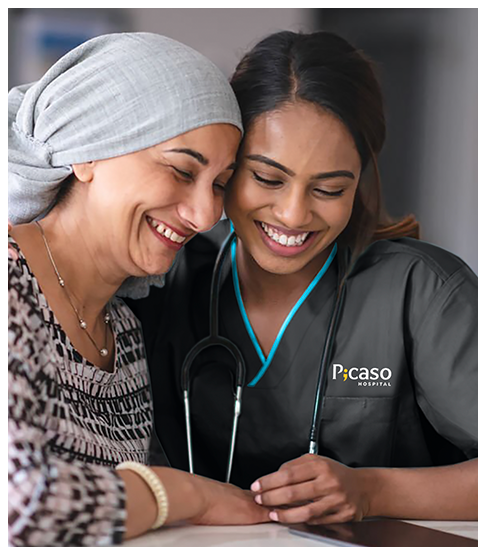What is an Upper GI Endoscopy?
An upper GI endoscopy is a procedure where the doctor examines the lining of the upper part of your gastrointestinal tract, which includes the oesophagus, stomach, and duodenum. Your doctor will use a thin, flexible tube called an endoscope and will view the images on a video monitor.

















